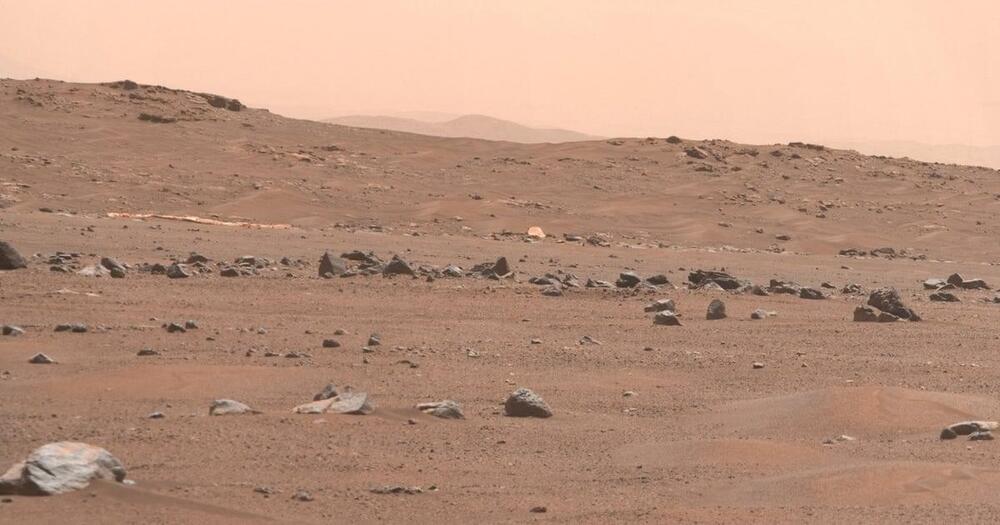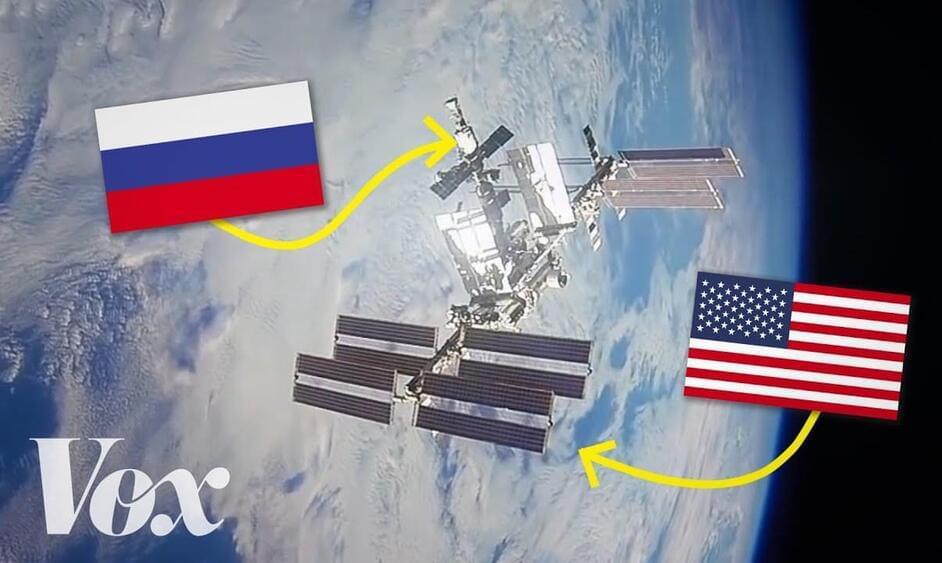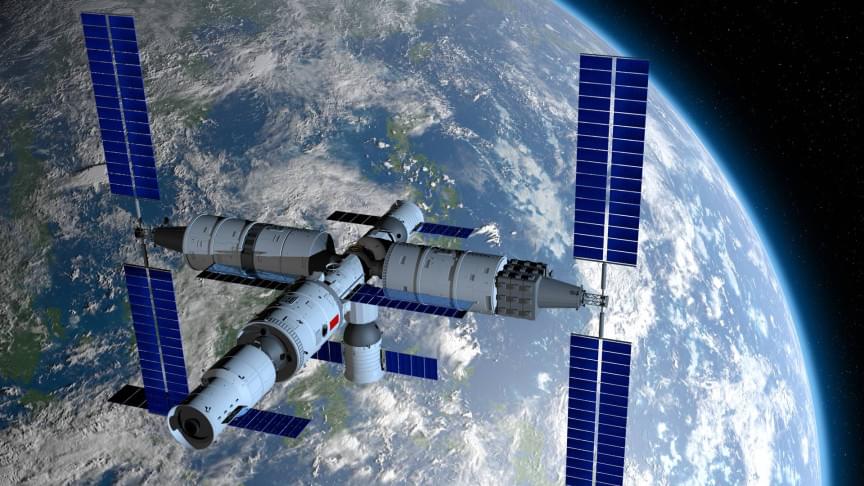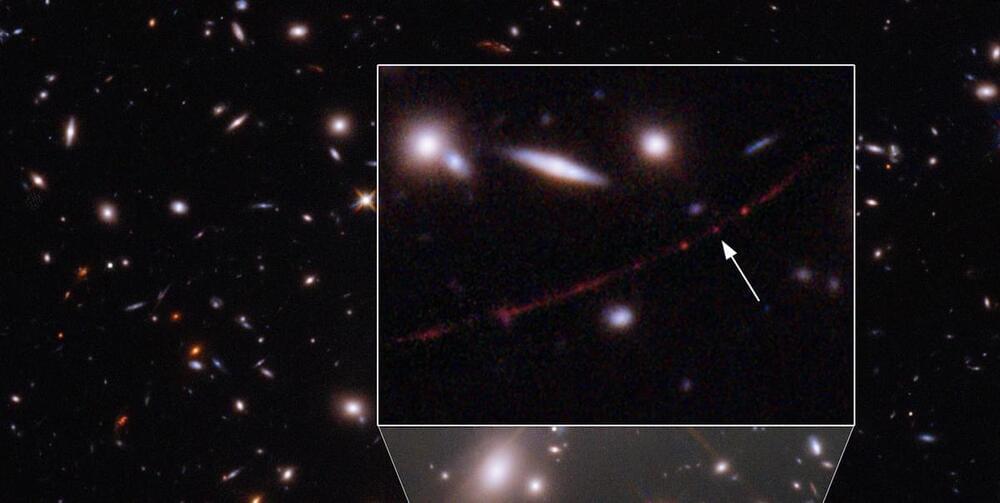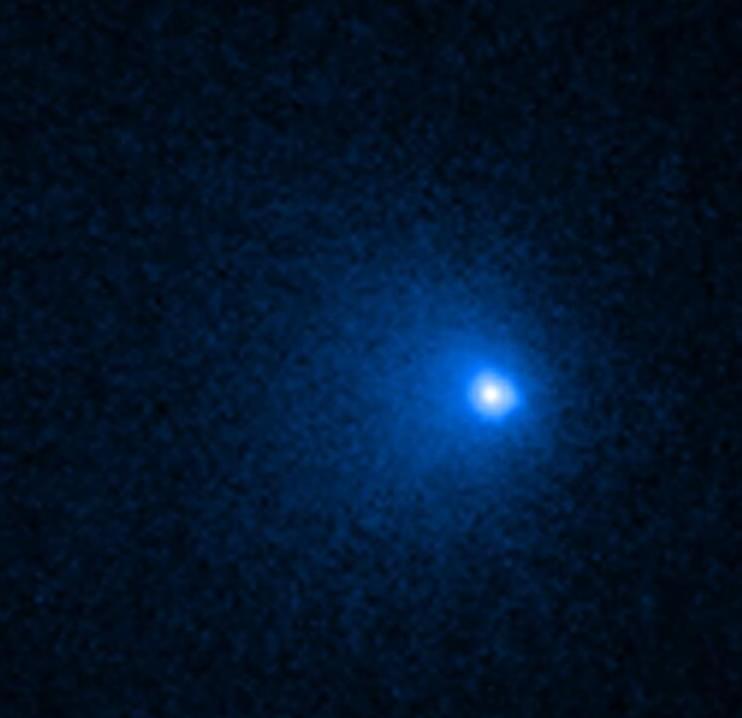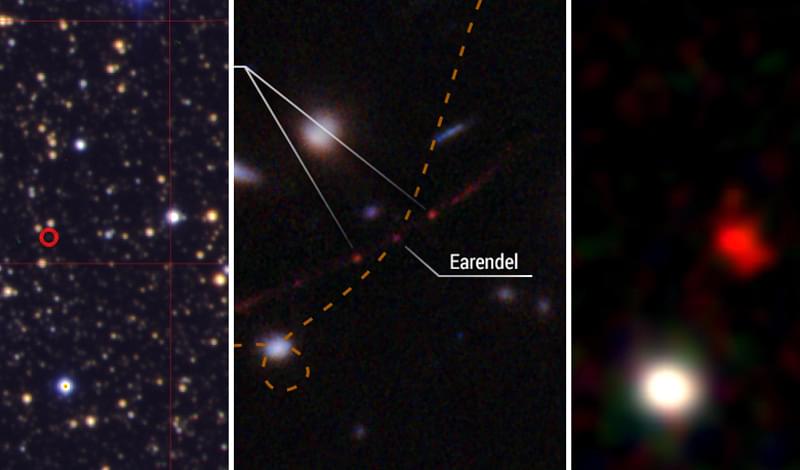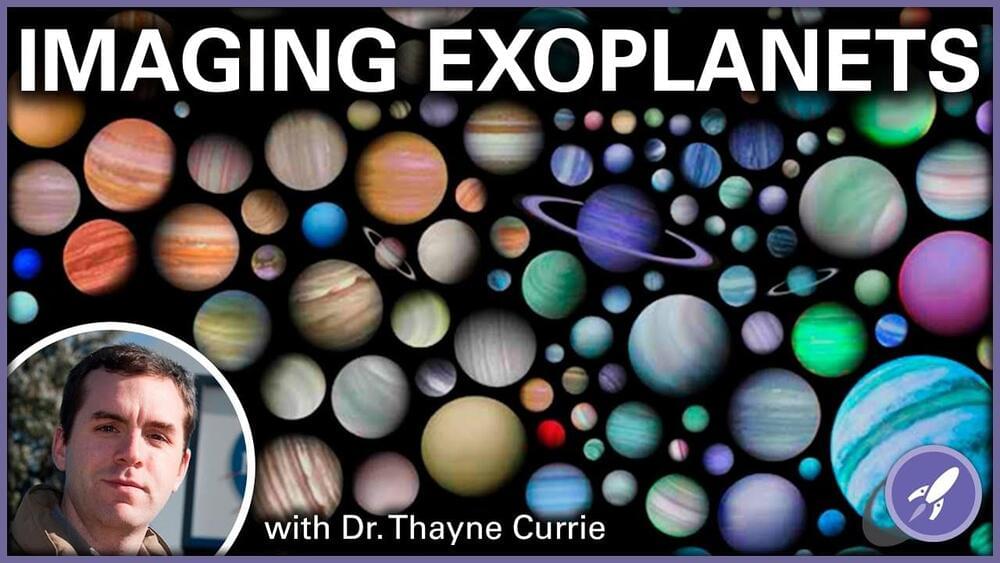Apr 13, 2022
NASA Perseverance Mars Rover Snaps Wreckage of Its Own Parachute and Landing System
Posted by Shubham Ghosh Roy in category: space
NASA’s Perseverance rover is hightailing it to a fascinating river delta region in the Jezero Crater on Mars. But to get there, it first had to pass near its original landing site. Images from there are a trip down memory lane, back to when Percy dramatically landed on the red planet in February 2021.
Steve Ruff, Arizona State University associate research professor and Mars geologist, runs the Mars Guy channel on YouTube. He posted a video on Sunday recapping the rover’s arrival on mars and what happened to the parachute and back shell — two key components of the landing system that delivered Percy safely to the surface.
